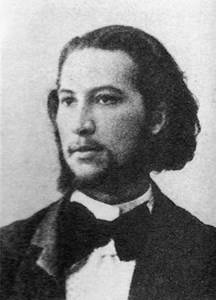How to paint and draw: a blog about art.
-
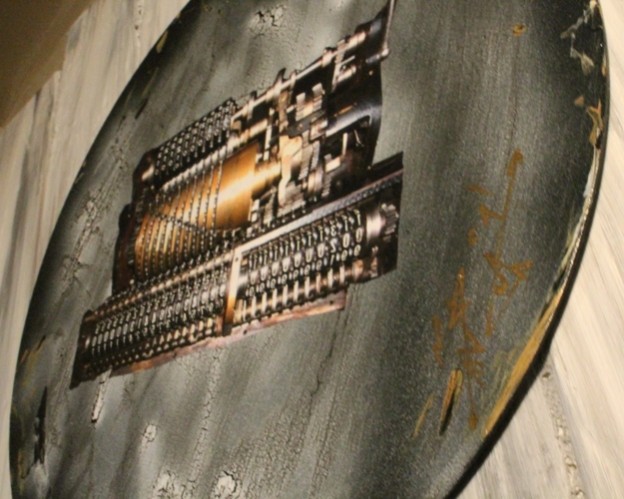
Bubble Prints
By Anne Marie Helmenstine, Ph.D. Bubble prints are like fingerprints, except made with bubbles. You can make bubble prints and learn about how bubbles are shaped and how pigments combine to make different colors. Bubble Print Materials Bubble prints are made by coloring bubble solution, blowing bubbles, and pressing paper onto the bubbles. You need brightly-colored […]
-
Freezing Oil Paint
By Marion Boddy-Evans The tip about freezing of oil paints to preserve them between painting sessions, usually suggested as placing your entire palette in the freezer, in based on the fact that oil freezes are a very low temperature. (It’s far lower than water.) Given the temperature a domestic freezer is usually set at, leftover oil paint put […]
-
Is it Okay to Use House Paint For Art?
The question of whether it’s okay to use house paint rather than artist’s paint is one that comes up in various forms, but all seem to be motivated by the desire to save money. Personally I think you’re best off buying at least students’ quality paints, or saving on paint by creating smaller paintings. In […]
-
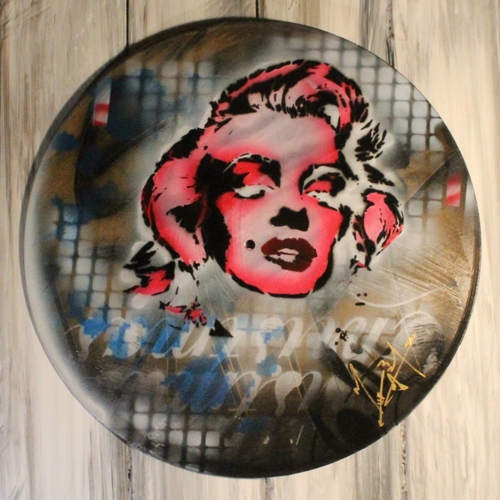
Should All Three Parts of a Triptych Painting be the Same Size or Not?
By Marion Boddy-Evans Though most people do use identical sizes there’s no reason why you must, no set convention. Do what feels right for the painting. I once did a triptych which was to hang on a wall alongside a staircase that was open to the living space of the house. I painted it on with […]
-
What’s the Connection Between Rembrandt van Rijn and Hendrick Uylenburgh?
By Marion Boddy-Evans When Rembrandt moved from Leiden to Amsterdam in 1631, at the age of 25, he spent four years working in the painters’ workshop of the art dealer Hendrick Uylenburgh. Uylenburgh was instrumental in developing Rembrandt’s career as a portrait artist and getting him commissions. Rembrandt married Uylenburgh’s niece, Saskia, in 1634. Hendrick Uylenburgh was born between 1584 […]
-
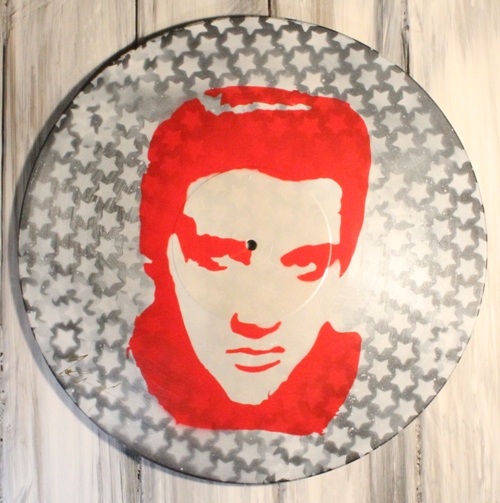
Using a Clock to Judge the Angles of Vanishing Lines
There are various methods for judging the angles of vanishing lines. The one that works best for me is to visualize it as the hour hand on a clock. I do it like this: The minute hand serves as either the horizon line (the position it’s at 9 or 3 o’clock) or a vertical (12 […]
-
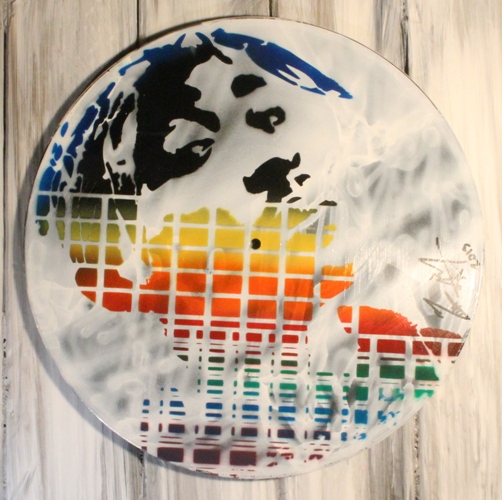
Vanishing Lines in Perspective
Vanishing lines are imaginary lines used to create accurate perspective in a painting. They are drawn on the top and bottom horizontal edges of an object, along the object and then extended all the way to the horizon line. For instance on a building, there would be a vanishing line along the top of the roof […]
-
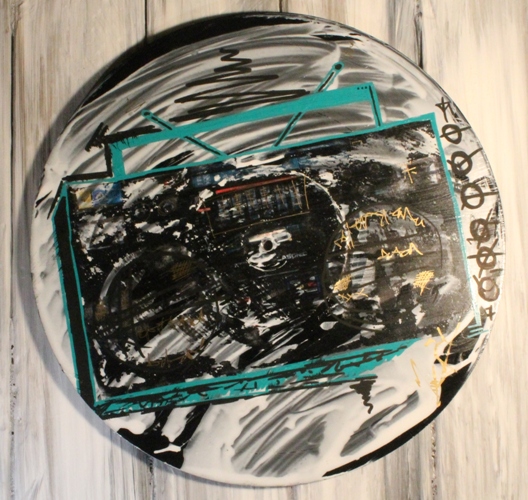
The Horizon Line in Perspective
Horizon line is a confusing perspective term because when you hear it, you tend to immediately think of “the horizon” we see in nature. That is, the horizon as in the line where the land or sea meets the sky in the distance. In a painting, the horizon line might be this if you’re painting a landscape, […]
Got any book recommendations?

